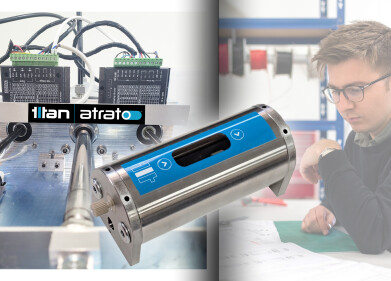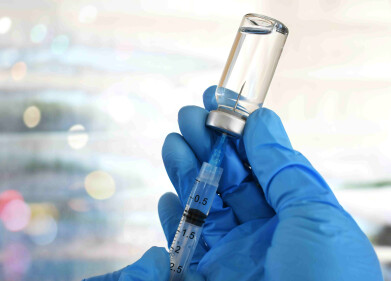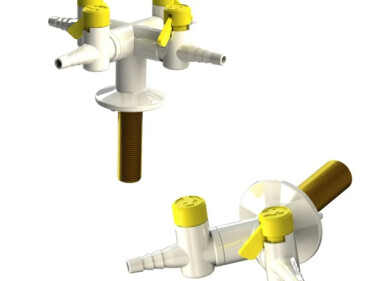Laboratory products
Simulated Breathing for Nebuliser Testing
Aug 16 2007
A recent European Medicines Agency (EMEA) guidance highlights the importance of characterising nebuliser performance in terms of drug output and particle size distribution for the purposes of determining safety and efficacy. Based on work performed by the European Pharmaceutical Aerosol Group (EPAG) an associated monograph is currently under review for inclusion in the European Pharmacopoeia (2.9.44. Preparations for Nebulisation: Characterisation).
Copley's Breath Simulator BRS 1000 is a microprocessor-controlled instrument that generates an air flow profile which simulates adult tidal breathing. Its sinusoidal waveform and 1:1 inhalation/exhalation ratio specifically conforms to the draft monograph.
The system has a tidal volume of 500 ml, and variable frequency from 10 to 25 breaths per minute. Tests can be based on cycle number (1 to 9999 breaths) or cycle time (0 to 8 hours). A simple user-interface with menu-driven operation is accessed via a membrane keypad.
Conventionally, nebulisers and the drugs that they deliver have been tested as separate entities, with nebuliser testing conducted according to European Committee for Standardisation EN 13544-1. The EMEA's unprecedented introduction in 2006 of regulatory guidance on nebulisers recognises that overall performance depends on both device and drug. The new regulations make nebuliser testing more consistent with current practise for other inhalation delivery platforms.
Digital Edition
Lab Asia Dec 2025
December 2025
Chromatography Articles- Cutting-edge sample preparation tools help laboratories to stay ahead of the curveMass Spectrometry & Spectroscopy Articles- Unlocking the complexity of metabolomics: Pushi...
View all digital editions
Events
Jan 21 2026 Tokyo, Japan
Jan 28 2026 Tokyo, Japan
Jan 29 2026 New Delhi, India
Feb 07 2026 Boston, MA, USA
Asia Pharma Expo/Asia Lab Expo
Feb 12 2026 Dhaka, Bangladesh



















